Hitchhiking Is The Norm
If passenger space is available, government vehicles in Cuba are required to pick up hitchhikers. Because the country has few cars, hitchhiking is encouraged, and hitchhikers use designated areas. Riders are picked up on a first-come, first-served basis by drivers.

Hitchhiking is a form of transportation that involves approaching strangers and asking for a ride in their car or other vehicles. Hitchhiking became necessary following the collapse of the Soviet Union.
Ballet Is Big Here
For the most part, the dance scene in Cuba has always revolved around salsa, son, and rumba. However, according to those in the know, the Caribbean Island is one of the main stages of the world’s best ballet.

Ballet here took off after legendary ballerina Alicia Alonso founded the Ballet Nacional de Cuba in 1948, which is now one of the world’s most prestigious dance companies. Despite some early difficulties, the company received crucial assistance from Fidel Castro and his revolutionary movement in 1959, after Alonso lent him her support.
Not Internet Friendly
Since the list’s inception in 2006, Reporters Without Borders has designated Cuba as an “Internet Enemy.” Certain websites are blocked by the Cuban government outright. While blocking access to specific websites is possible, it is not very widespread.

The censorship of the internet has loosened in recent years. For example, in 2007, the general public was able to purchase a computer legally. Digital media is beginning to play a more prominent role in disseminating information about events in Cuba to the rest of the world.
Travel Restrictions
Since 1960, when Fidel Castro took power, the U.S. government has restricted travel to Cuba, and this restriction continues to this day, owing to the fear of communism here.

Journalists, academics, government officials, those with immediate family members living on the island, and others licensed by the Treasury Department were initially excluded from sanctioned travel. These rules were changed in 2011 to allow all Americans to visit Cuba if they were on a “people-to-people” cultural exchange tour.
Taking Pictures of Military Personnel Is Illegal
In Cuba, photographing military, police, or airport staff is prohibited. Law enforcement is sporadic, so if you want to stop rumors of spying or unpleasant interrogations from the police, don’t act rashly in front of them.

Except for government buildings and military personnel, you are free to photograph almost everything in Cuba. Cubans are eager to be the subjects of your most unforgettable photographs.
Cross-Dressing Is Illegal
Cross-dressing is illegal in Cuba, but it is fascinating like all things prohibited. Crossdressers often do it in secrecy, as those who do so afraid to be caught on the grounds that they could be imprisoned for it.

However, in recent times, cross-dressing participants could appear before a massive crowd of onlookers and tourists at the Gunilla Event.
Cuban Gar: The Manjuari Fish
The Cuban gar (Atractosteus tristoechus) is a fish in the Lepisosteidae family found only in Cuba. It’s a tropical freshwater species that can also be found in brackish water. It is also known as the manjuar and can be found in western Cuban rivers and lakes and the Isla de la Juventud.

Humans may eat the meat of the fish, but the eggs are poisonous. Seasonally, Cuban gar spawns in the floodplains of major rivers. The fish are edible, but the eggs are toxic to mammals and birds. Many people believe that gar is a bad fish to eat.
The Guantanamo Bay Naval Base Rent
The U.S. leased 45 square miles in 1903 and established the naval base there. The U.S. pays Cuba $4,085 per month in rent for Guantanamo, but the checks have never been cashed since 1959. Fidel Castro made this clear when he declined to cash the checks in defiance of the “illegal” occupation.

He revealed the checks tucked into a desk drawer in his office in a television interview years ago. The U.S. held 46.8 square miles (121 square kilometers) of land at the entrance to Guantanamo Bay in eastern Cuba for a naval base.
The Natural Home of Bee Hummingbirds
Do you want to see the tiniest bird on the planet? Then you’ll have to go to Cuba. If you arrive on the island, your best choice for finding the little wonder is to go to a forest edge draped in vines and bromeliads.

Everywhere, you can see the Bee Hummingbird hovering near the flowers. Even among hummingbirds, the Bee Hummingbird, which is only found in Cuba, is a miniature. It’s just two and a quarter inches in length.
Celebrating New Year’s Day
Many Cubans clean their homes thoroughly on the last day of the year and hold the filthy mop water until midnight. They pour the polluted water into the street at that time as a sign of washing off bad events in the previous year in the hopes of beginning the New Year with good, clean energy.

People in some places, primarily rural areas, burn a human-sized rag doll. This doll represents something terrible that happened in the previous year. People gather around the doll at midnight and light it on fire (like a puppet) to bring good luck for the coming year.
El Cocodrilo
The aerial view of Cuba is often referred to as El Cocodrilo because it resembles an alligator. The name “Cuba” comes from Tano, one of the island’s native languages. It’s either linked to the words Cubao, which means “abundance of fertile land,” or cabana, which means “a wonderful spot.”
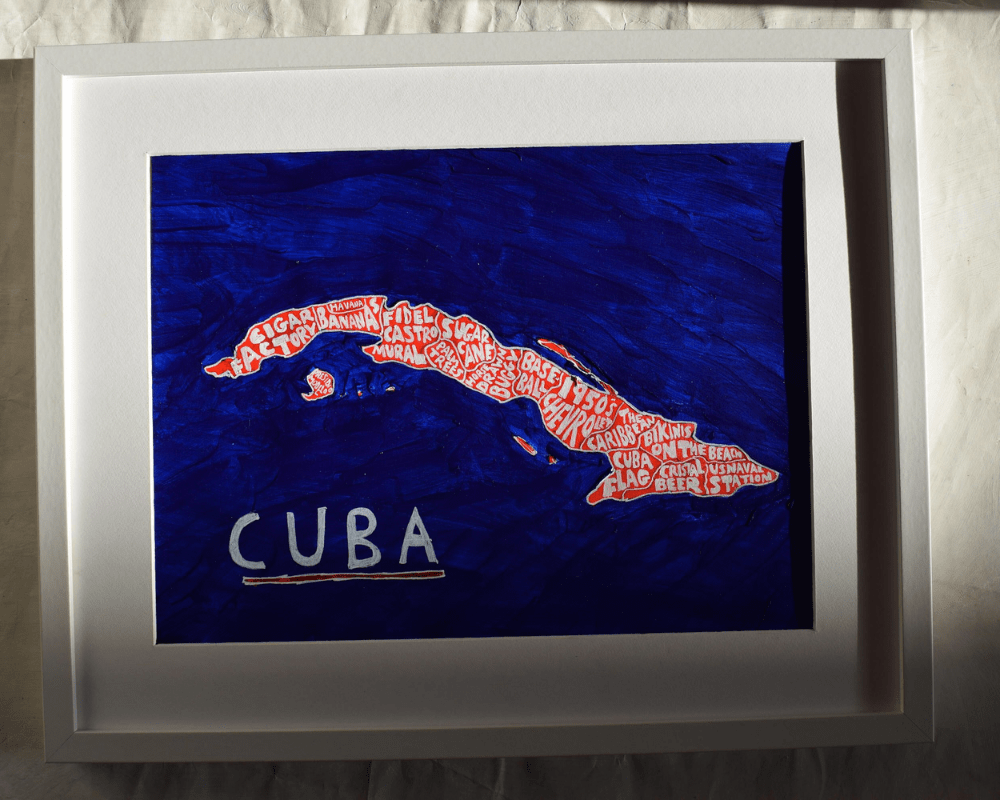
The country has another Spanish nickname, El Caiman, which is derived from the contours of the island of Cuba.
Monopoly in Cuba
In Cuba, Monopoly had a large following, but Castro outlawed it. He ordered that all of the sets be destroyed. In this communist country, owning a Monopoly set could result in more than just a heated family argument.

Fidel Castro had all locations destroyed at the start of his regime. Before 1959, Monopoly had a sizable following in Cuba, with local printers also producing a bootleg edition known as Capitolio that openly circumvented the Parker Brothers copyright.
Love for South Korean Soap Operas
They seem to like the drama of it all. South Korean television soap operas have found an unexpected audience among Cubans.

With their low-key blend of comedy, action, and romance, Korean soap operas now have a greater audience than more conventional Latin American “telenovelas” from Brazil and Mexico. Michael Voss of CCTV America reported from Havana on this story.
Computer Use Began in 2008
In the 1990s, the purchase of many electrical items was outlawed. This occurred after the Soviet Union collapsed, depriving Cuba of vast sums in subsidization and fuel supplies.

Computers can only be purchased by outsiders and businesses in Cuba, and cassette decks were confiscated at the airbase until 2008, when border control regulations were relaxed. Cubans will now be able to easily purchase them, having to pay in foreign cash CUCs, or redeemable pesos, which are valuable 24 times far more than Cuban pesos used to pay state salaries.
Transgender Rights
The government-run health-care system also protects them. After the government lifted a longstanding ban on the practice in 2007, Cuba began conducting state-sponsored sex-change operations.

Mariela Castro is a sexologist and gay rights activist who runs the Center for Sex Education, which trains trans people for sex-change operations and recognizes Cubans who are willing. In 1979, Cuba reported 122 individuals who wished to have sex changes, and nine years later, the first successful operation was performed; however, subsequent sex-change operations were forbidden.
John Lennon Was Once Banned
Castro made a complete 180-degree turn 20 years after John Lennon’s death, no longer banning his music instead of honoring him as a hero. In the new John Lennon Park, Castro unveiled a gleaming new bronze statue of Lennon.

It’s no wonder that in the 1960s and 1970s, Communist Cuba outlawed John Lennon and the Beatles’ songs. Cuban authorities regarded the music as “ideological diversions” and “decadent American influence” during the revolution. A native species of leaping Cuban crocodile exists. It’s critically endangered and frightening.
The Attempted Invasion
Several times, the United States threatened to conquer Cuba. They agreed to give up in 1848 and offered Spain $100 million for Cuba, but the bid was turned down.

The event marked the pinnacle of the United States’ Caribbean expansionist push in the 1850s. The United States ambassador to Spain, Pierre Soulé, failed to secure the purchase of Cuba (1853).
Beaches and Bay
There are over 200 bays and 250 beaches to discover in Cuba, so there is plenty of sunbathing to be had. Cuba, the Caribbean’s largest island, is home to a plethora of picture-perfect beaches, ranging from family-friendly snorkeling spots to stunning black-sand beaches.
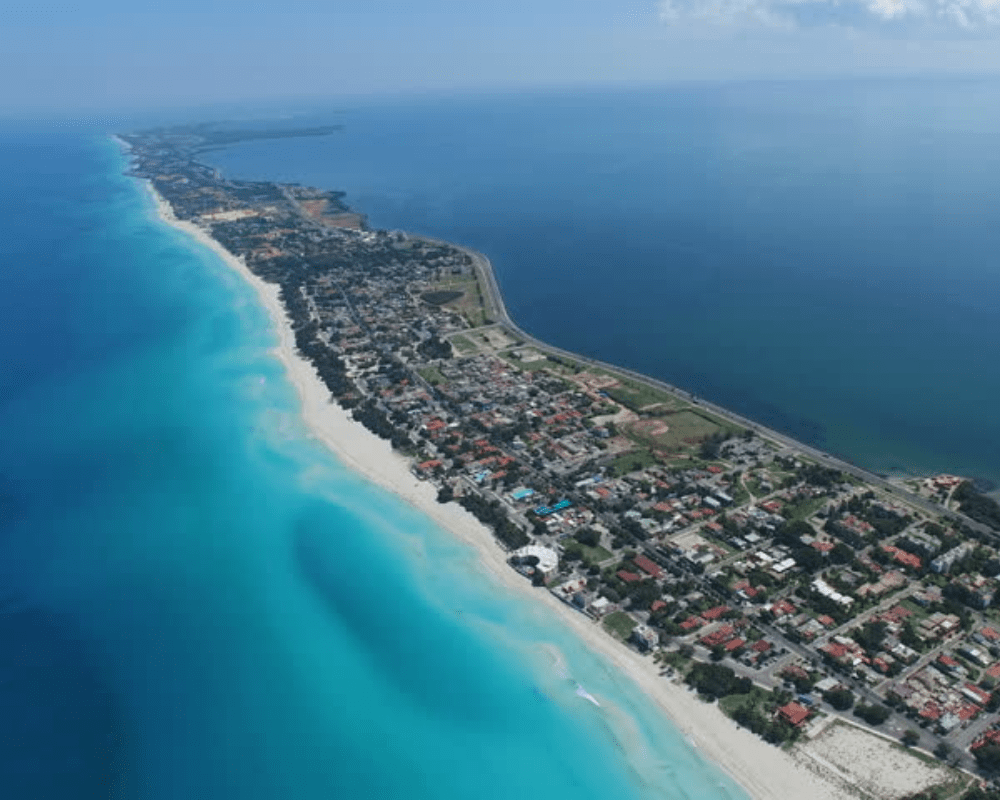
Cuba is an intoxicating mix of tropical rhythms, contemporary art, painstakingly restored colonial architecture and breathtaking natural scenery. With nearly 3,500 miles of coastline and 450 beaches to choose from, including powdery white, golden, and black sand beaches, finding the best beach in Cuba is a highly personal pursuit.
Cuban Christmas
In Cuba, the political importance of Christmas has shifted over time. Before Fidel Castro took charge in 1959, Christmas was celebrated in the same way as it was in the United States and many other nations. Fidel Castro outlawed all forms of Christmas celebration in his country in 1969.

The Christmas ban aimed to hold people in the sugar cane fields to be a larger sugar harvest each year. Since Cuba’s government is atheistic, Christmas is also prohibited. On the other hand, Fidel Castro declared in 1997 that Cuba would only celebrate Christmas that year.
Cubans Are Literate
Cuba has one of the world’s highest literacy rates, with nearly all of the population (99%) literate.

Fidel Castro’s Cuban government declared 1961 the “Year of Education” and dispatched “literacy brigades” into the countryside to construct schools, train new educators, and teach the majority of illiterate peasants to read and write. According to UNESCO, Cubans over the age of 15 had a literacy rate of 99%.
Two Different Currencies
Cuba uses two currencies (the only country in the world with that attribute). The tourists use one, while Cubans use the other. There were two currencies until January 1, 2021, both named peso.

The “Cuban peso” is one, and the “Cuban convertible peso” is the other. Both currencies, however, are not traded globally and cannot be purchased in advance outside of Cuba. Cuban currency is not allowed to be imported or exported.
Import Ban on Cars
Car imports were prohibited in Cuba until 2011. As a result, the bulk of the vehicles on the road were 1950s classics. Cuba’s Exotic Automobiles on Cuban roads, vintage American cars from the 1940s and 1950s can still be seen.

Vintage American cars in pink, red, and blue line up on the streets. In Cuba, several classic American cars are used as taxis. Vintage cars are referred to as “almendrones” (large almonds) and their drivers as “boteros” (boatmen).
The Largest Caribbean Island
In the Caribbean Sea, Cuba is an island country. It is the largest Caribbean Island in terms of both size and population. It is also the world’s 17th largest island and the world’s 8th largest island nation. Cuba has a coastline of 5,746 kilometers and land boundaries of 28.5 kilometers.
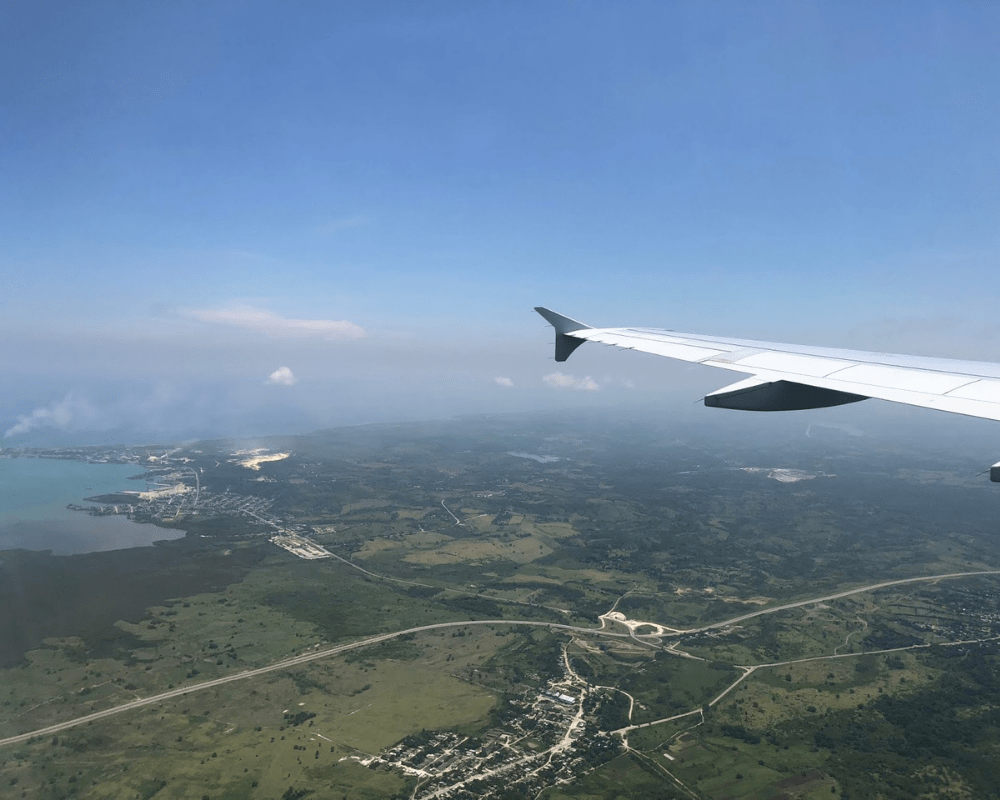
The official area (land area) is 109,884 km2 (42,426 sq mi). Cuba is east of the Gulf of Mexico, west of the North Atlantic Ocean, south of the Florida Straits, northwest of the Windward Passage, and northeast of the Yucatán Channel.
Christopher Columbus’s Discovery
Before Christopher Columbus in 1492, the island was populated by various Amerindian cultures. Spain conquered Cuba after his arrival on a Spanish expedition and installed Spanish governors in Havana.

The New Spain’s Viceroy as well as the local authorities in Hispaniola, which is now the Dominican Republic, were in charge of the administrators in Cuba.
Slavery Was Abolished in 1886
The Cuban slave trade continued until 1867, long after the slave trade in other parts of the Atlantic had ended. Until 1880, it was legal to own human beings as chattel slaves.

Slavery would not be abolished systemically until chattel slavery was abolished. In 1886, a Spanish royal decree abolished slavery in Cuba, making it one of the few nations in the Western Hemisphere to do so.
UNESCO World Heritage Sites
The UNESCO World Heritage sites in Cuba are as diverse as the country itself in terms of natural and cultural diversity. It’s no surprise that it has nine world heritage sites.

A place must “be of outstanding universal value, demonstrating international significance;” it must “transcend national borders and be of shared interest for present and future generations of all humanity” to be added to the world heritage list. Over the years, Cuba has managed to retain its heritage, culture, and ambiance. One of the cultural world heritage sites is in Old Havana.
The Mount Iberia Frog
Cuba is also home to the world’s tiniest frog. According to science, the world’s smallest frog compensates for its small scale by delivering a potent dose of venom.

The Mt. Iberia frog (Eleutherodactylus Iberia) from Cuba represents the Guinness World Record for the shortest frog with a body length of just 10 millimeters. Research suggests that these dwarfs adapted their small size to help feed on mites that more giant frogs would miss. The Dwarfs’ frogs secrete naturally occurring substances on their shells.
About Poor Roads in Cuba
Cuba only has 38,000 miles of highways, nearly half of them poorly maintained. Motoring in Cuba can be troublesome, particularly at night. Major roads may not be lit, and road markings may be missing or confusing.

The weak state of Cuban highways, along with lousy driving and automobile technological harm caused by centuries of corruption, has contributed to a rise in traffic incidents, with a total of 29 daily injuries in the first half of 2019.
Cuban Dominoes
The game of dominoes is Cuba’s national pastime. For several, the sport is a regular social experience that brings together rivalry and a sense of community. In gardens and other public places, you’ll sometimes see citizens playing sports.

This practice is held active in the United States at Maximo Gomez Domino Park on Calle Ocho in Miami. Several “Los Veteranos” — elderly Cuban men, many of whom smoke cigars and don the typical guayabera top — hold many desks busy at all times.
Cuba’s Coastline
Multiple bays, beautiful beaches, aquatic vegetation, marine ecosystems, and rocky cliffs define Cuba’s wild, scenic coastline, which stretches for nearly 3,570 miles (5,745 kilometers). In the center, there are several impressive crevasses, like the 16-mile-long (26-km-long) Cave of Santo Tomás in southwestern Cuba’s Sierra Quemado.

An underwater platform surrounds the largest island, occupying a further 30,000 sq miles (78,000 square km). Los Colorados, to the north and west; Sabana and Camagüey, all off the northern shore; the Jardines de la Reina (“Queen’s Gardens”), along the central coast; and Canarreos are one of the many cays and archipelagoes that encircle the outer islands.
Cuba’s Community Party
The Communist Party has controlled Cuba since 1965, which is the only legitimate Democratic Party in the country. The Communist Party of Cuba (PCC), also known as the Partido Comunista de Cuba (PCC), is a Cuban communist party established in 1965 by Fidel Castro and many others, but with roots going back 1923.

It had been the only party allowed to operate in Cuba under the 1976 legislation, and it was described as the “regulated guardian of the Cuban government” in the 1992 revision.
Baseball Is Cuba’s Favorite Sport
Baseball is the most prestigious tournament in Cuba. Other sports events and leisure activities usually involve boxing (Cuban boxing training is a significant influence in big matches), volleyball, wrestling, basketball, sailing, and trekking.

In the 1870s, until U.S. involvement, it was the most popular game in the country. Even after its American origins, baseball is closely linked to Cuban nationalism, as it replaced Spanish colonial sports like bullfighting.
The Cauto River
Cauto River is the longest river in the districts of Granma and Santiago de Cuba in eastern Cuba. It stretches for 230 miles (370 kilometers) from its origin in the Sierra Maestra west coast through basaltic plains into the Golfo (gulf) de Guacanayabo it the region’s longest river.

The Salado, Bayamo, and Contramaestre rivers are among its headwaters. It can be navigated for about 70 miles. Along its route, rice, sugar beets, tobacco, and cattle are grown.
Voting in Cuba Is Legally Mandatory
All voters above the age of 16 are eligible to vote in local, state, and parliamentary elections as far as they are not physically ill or incarcerated.

There are no general elections in Cuba. It’s also hard to say how much fraud is a significant consideration in today’s voting procedures. The President is chosen by the Legislative Council, which is an approved institution.
Pico Turquino
Pico Turquino is Cuba’s tallest peak. In the Sierra Maestra rock formation in the community of Guamá, Santiago de Cuba Province, in the southeastern corner of the island. Through Fidel Castro’s insurrection in 1957, he and his troops reached the summit.

Since it was Cuba’s tallest mountain, the peak had “almost magical meaning” to the rebels. The tallest peak in Cuba is located in the Pico Turquino National Park. The tiny village of Santo Domingo connects directly to this heavily wooded, remote area.
Ernest Hemingway Lived Here for Twenty Years
Ernest Hemingway was a novelist, short story writer, journalist, and sportsman from the United States. His economical and understated style, which he coined the “iceberg theory,” had a significant influence on twentieth-century literature.

At the same time, his wide and curious lifestyle and public image earned him respect from later generations. In other words, despite the travel ban, the prolific American author spent twenty years in Cuba.
Bacardi Rum
Bacardi rum is a Cuban rum that was first produced there. After Fidel Castro took power, the production was transferred to Puerto Rico. The Bacardi family was a staunch supporter of the Cuban revolution.

They later went on to back Fidel Castro’s Cuban Revolution in the 1950s. Fidel Castro did not advertise himself as a communist at the start of his campaign. Instead, he positioned himself as a liberal reformer seeking to end the American empire’s economic control over Cuba.
No Coca-Cola
Although Coca-Cola founded a bottling plant in 1906, production was halted in 1962 when Fidel Castro led the Cuban Revolution, which ousted former President Batista. Castro’s government started stealing properties controlled by all foreign countries with a presence in Cuba and enacting a trade embargo.

The seizure began on August 6, 1960, and was aimed at American businesses. Coca-Cola left, never to be seen again. No American companies can trade with Cuba because the United States maintains a commercial, economic, and financial embargo against the country.
Strange Ways to Be Rude
You should be aware of one cultural quirk about Cubans: they consider public nose-blowing to be exceptionally impolite. It’s best to excuse yourself and take care of business in private if you have a cold or allergies.

The same can be said for spitting in public, which most civilized people despise but see casually tolerated in many places.
The Libre Cocktail
This is a highball cocktail made with cola, rum, and lime juice, which is served over ice in many recipes. Coca-Cola is traditionally used as the cola ingredient, with a light rum such as Bacardi as the alcohol.
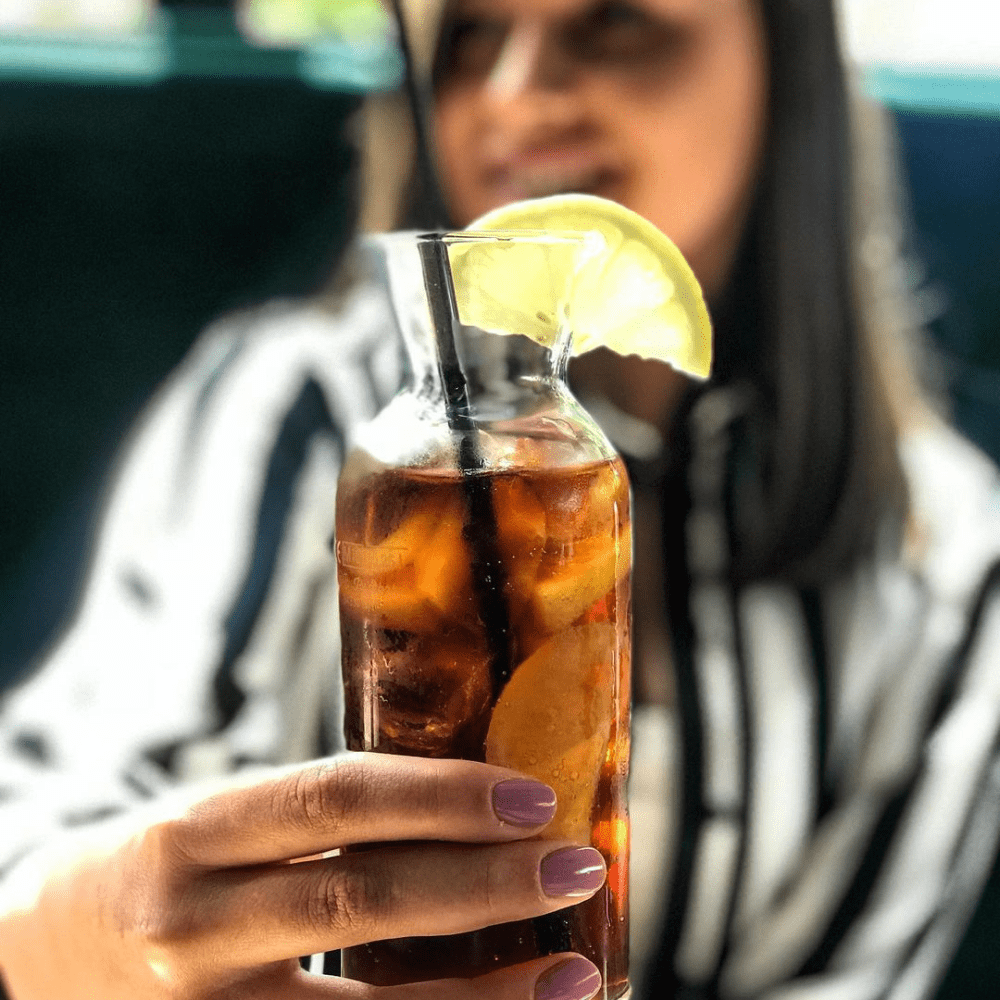
The drink can be made with various rums and cola brands, and lime juice can be added or left out. In the early twentieth century, the cocktail was created in Cuba, following the country’s independence during the Spanish–American War. It is a popular alcoholic beverage due to its simple recipe and inexpensive, readily available ingredients.
About Fidel Castro’s Famous Beard
From 1959 to 2006, Fidel Castro, the founder of the Cuban Revolution, ruled his country for 47 years. Since his supply of razors was cut off due to the U.S. embargo, he grew a beard. Castro retained his beard long after his guerrilla days as a sign of the revolution’s victory.

His beard had become such a powerful emblem that the CIA devised (but never carried out) a scheme to make it fall out by placing a soluble depilatory in Castro’s shoes that could be easily absorbed through the skin.
Why Cuban Cigars Are Unique
Cuban cigars have a reputation for being the most abundant tobacco product on the planet. Thousands of dollars can be spent on a shipment of high-quality Habanos. From seed to cigar, each hand-rolled Cuban cigar goes through about 500 manual tasks.

Before signing, President John F. Kennedy was able to procure 1,200 Cuban cigars for himself. In a 1992 post, Pierre Salinger, President Kennedy’s press secretary, remembered how JFK demanded “Only 1,000 Petit Upmanns” by the following day.
Operation Castration
“Operation Castration” was the CIA’s invasion of Cuba to assassinate Castro. The CIA devised at least eight plans to assassinate or discredit Castro, including an exploding seashell.

Fidel Castro had taken power in Cuba in 1959. The plan called for instilling public support for a war against Cuba by blaming it for terrorist attacks that the U.S. government would carry out.
One Premium Habano Company
Puros and Habanos are two terms used to describe Cuban cigars. All of the country’s premium brands are produced by a single company.
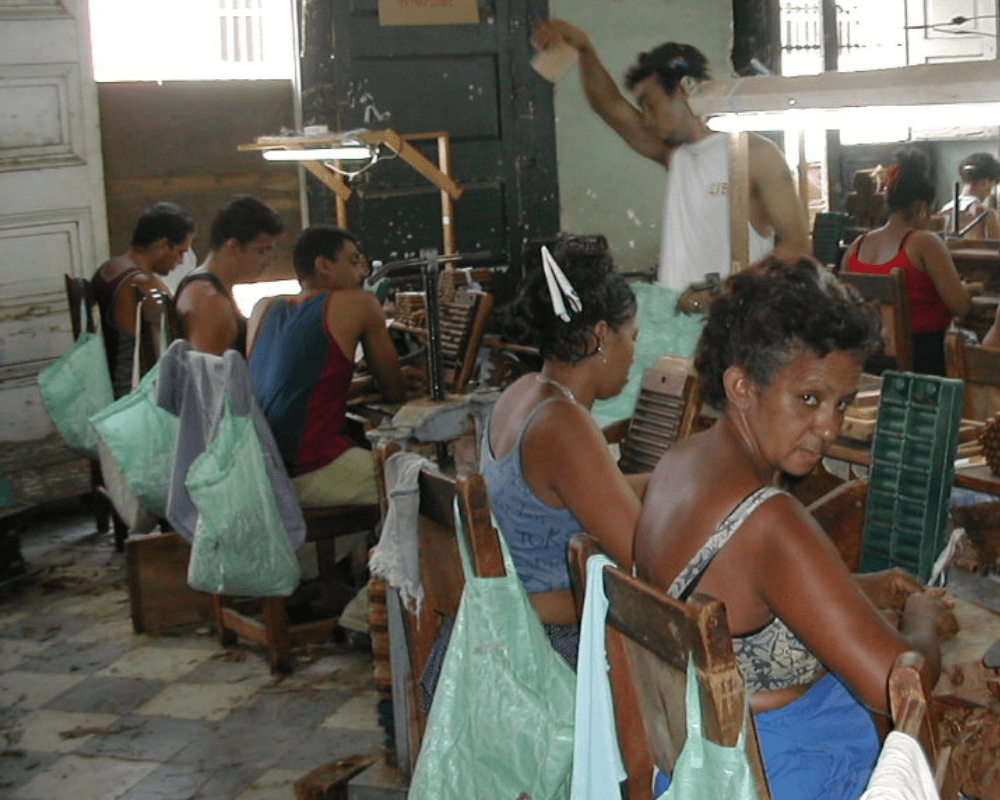
Cohiba is a brand name for two types of premium cigars: one made in Cuba for Habanos S.A., the Cuban state-owned tobacco company, and the other made in the Dominican Republic for General Cigar Company, based in the United States.
Cuban Missile Crisis
During the Cuban Missile Crisis, Cuba had over 150 nuclear missiles. The Missile Scare, also known as the Cuban Missile Crisis, was a one-month standoff between the U.S. and the Soviet Union that turned into an international crisis.

Notwithstanding the brief duration, the Cuban Missile Crisis persists a watershed moment in American public safety and nuclear war planning. The conflict is widely regarded as the nearest the Cold War ever came to devolving into a full-fledged nuclear conflict.
Officially called Republica de Cuba in Spanish, even though it is a communist country, Cuba has been improving its diplomatic ties with the U.S. Hopefully, very soon, all Americans will be able to travel to Cuba as freely as they want. The fascinating thing about Cuba is that it is a blend of diverse cultures and influences with a fascinating past. Here are some strange facts about the country you probably haven’t seen.